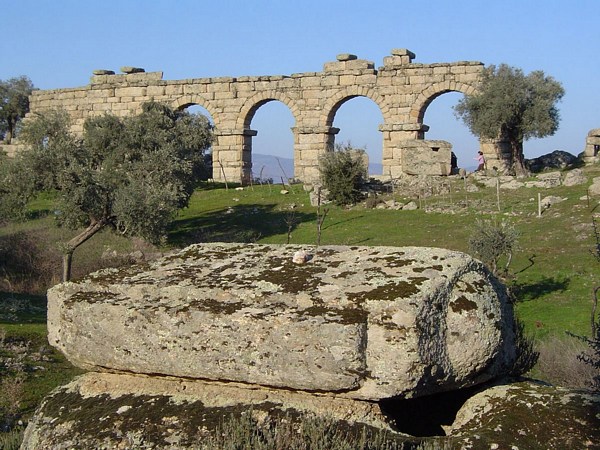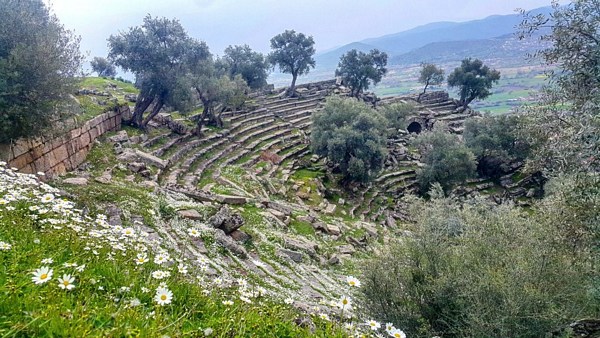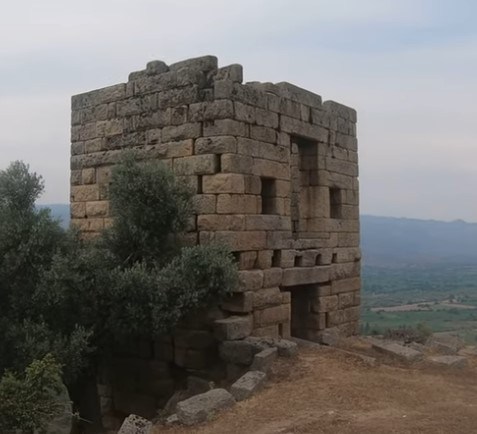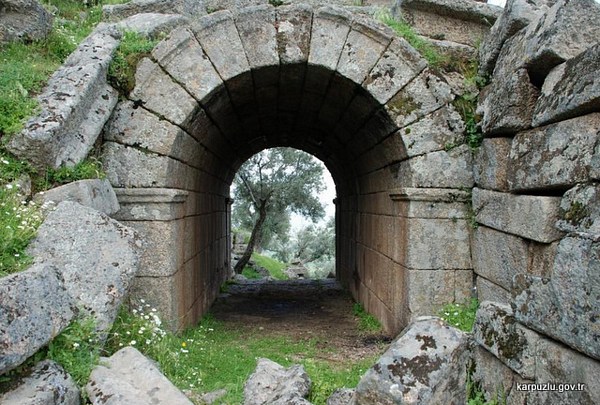Alinda Ancient City: A Jewel of Anatolia
Unique Architecture of Alinda




Alinda is one of the most magnificent ancient cities in Anatolia, brought into prominence by Queen Ada of Caria. The city is known for its unique use of granite instead of marble in its structures, and the tombs discovered here are notably plain, with little ornamentation. Despite all the challenges, Alinda remains a gem for travelers who seek historical beauty.
While some research suggests that Alinda rose to prominence around the 4th century BC, its history actually dates back to as early as the 14th century BC. During the reign of Hittite Emperor Mursilis II (1350–1320 BC), the city was known as Ialanti and was part of the Sena River region. We learn this from Mursilis’ annals and Egyptian inscriptions. However, information about the city in later periods is scarce. By 340 BC, the Carian dynasty in Halicarnassus was facing internal turmoil.
The Carians, who practiced matriarchal traditions, often engaged in family marriages. Mausolus, the ruler behind the famous Mausoleum of Halicarnassus, was married to his sister Artemisia, and they had siblings named Pixodarus, Ada, and Idrieus. After Mausolus’ death, Artemisia ascended the throne. Upon her passing, Ada was supposed to inherit the rule, but Pixodarus seized power instead. Fearing Ada as a potential threat, Pixodarus exiled her to Alinda. This marked the city’s rise in historical significance.
It’s important to view Alinda’s history in two phases: before and after Queen Ada. During Ada’s exile in Alinda, Pixodarus shared power with the Persian-appointed satrap Orontobates. After Pixodarus’ early death, Orontobates ruled alone but did not recall Ada from Alinda.
The city’s significance lies not only in its political history but also in its enduring legacy as a cultural center. The rugged beauty of the site, combined with its deep historical roots, makes Alinda an essential stop for those interested in ancient Anatolian history.

